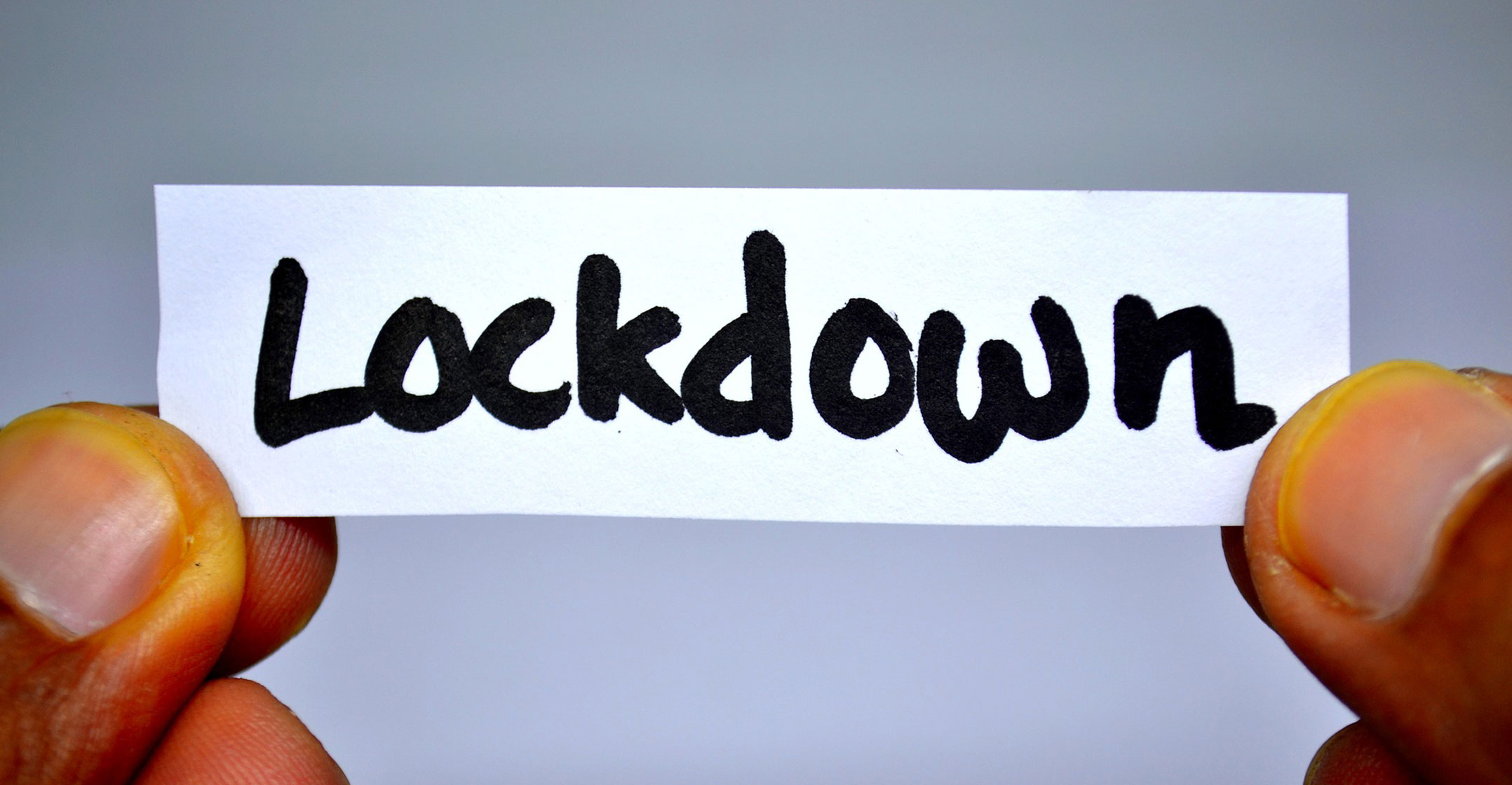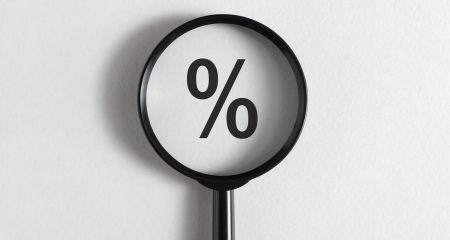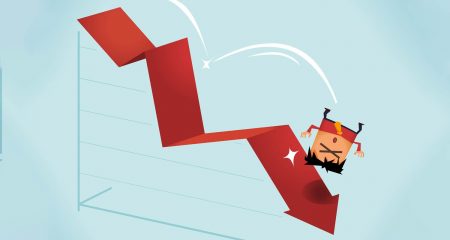 South Africa’s GDP slumped by 51% in the second quarter of 2020 as the result of one of the hardest Covid-19-related government lockdowns anywhere in the world.
South Africa’s GDP slumped by 51% in the second quarter of 2020 as the result of one of the hardest Covid-19-related government lockdowns anywhere in the world.
The shocking number also represents the fourth consecutive decline in quarterly GDP since the second quarter of 2019, Statistics South Africa said in a statement on its website on Tuesday.
The manufacturing industry contracted by 74.9% in the second quarter. Areas that made the largest contributions to the decrease were basic iron and steel, non-ferrous metal products, metal products and machinery; food and beverages; and petroleum, chemical products, rubber and plastic products.
The trade, catering and accommodation industry decreased by 67.6%. Decreased economic activity was reported in wholesale trade, retail trade, motor trade, catering and accommodation. The industry was hit hard as only selected essential goods were allowed to be sold during the hard lockdown that began on 27 March. In addition, catering and accommodation establishments were severely restricted during lockdown, Stats SA said.
The transport, storage and communication industry — which includes the telecommunications sector — decreased by 67.9%. Decreases were reported for land transport, air transport and transport support services. However, expenditure on utilities, communication and education contributed positively to growth in household consumption figures as many households started working from home, consequently increasing their usage of utilities and communication services, the agency said.
Restricted
Household final consumption expenditure decreased by 49.8% in the second quarter, contributing -30.8 percentage points to total growth. The largest decreases were reported for expenditures on semi-durable and durable goods as the sale of these goods was largely restricted during lockdown.
The finance, real estate and business services industry decreased by 28.9% and contributed -5.4 of a percentage point to GDP growth. Decreases were reported for financial intermediation, insurance and pension funding, auxiliary activities and other business services.
The agriculture, forestry and fishing industry was the only positive contributor to GDP growth, with an increase of 15.1% and a contribution of 0.3 of a percentage point to GDP growth. The increase was mainly due to increased production of field crops and horticultural and animal products.
 The unadjusted real GDP at market prices for the first six months of 2020 decreased by 8.7% compared with the first six months of 2019, Stats SA said.
The unadjusted real GDP at market prices for the first six months of 2020 decreased by 8.7% compared with the first six months of 2019, Stats SA said.
Exports of goods and services were down 72.9%, largely influenced by decreased trade in vehicles and other transport equipment, precious metals and stones, base metals, machinery and equipment, and services.
Imports of goods and services decreased by 54.2%, driven largely by decreases in imports of vehicles and other transport equipment, machinery and electrical equipment, mineral products, base metals, and services.
The GDP estimates are preliminary and may be revised, Stats SA said. — (c) 2020 NewsCentral Media




